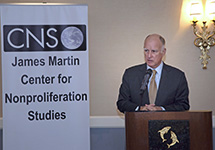
CNS hosted a high-level US-Russian Dialogue on Nuclear Issues, April 8-9, 2016.
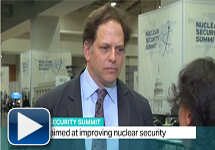
The Nuclear Security Summit is a biennial, global-scale meeting to prevent threats of nuclear terrorism.
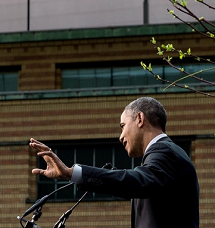
Jeffrey Lewis argues that traditional nuclear strategy for Europe is putting us all at risk of apocalyptic terrorism.
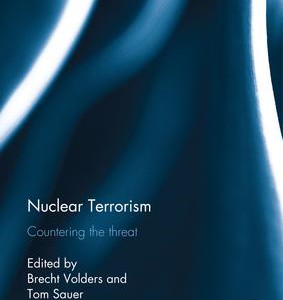
New book aims to improve our understanding of nuclear security and the prevention of nuclear terrorism.
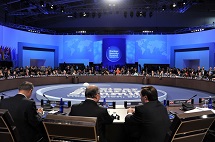
Analysis of what the Obama administration has accomplished and what remains to be done in the field of nuclear security.

Report regarding the current status and future use of Highly Enriched Uranium (HEU) for naval propulsion.
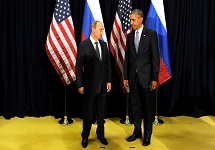
Article about up-to-date affairs between Russia and the US with consideration given to proxy players in between.
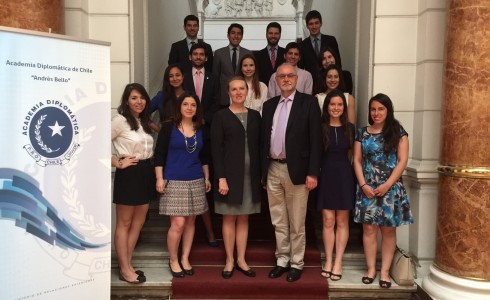
The week-long course in Santiago is part of a strong and growing relationship between the Chilean Foreign Ministry and CNS.

The Republican frontrunner has stumbled across the US military’s biggest secret: it has no idea what it’s doing with its nuclear arsenal.
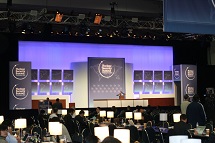
The uneven and limited nature of the summit process means that the nuclear security regime will be a patchwork of initiatives, with far too many holes.